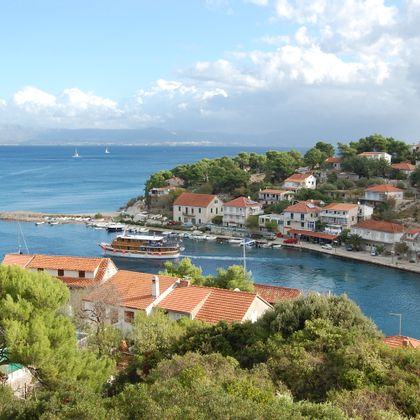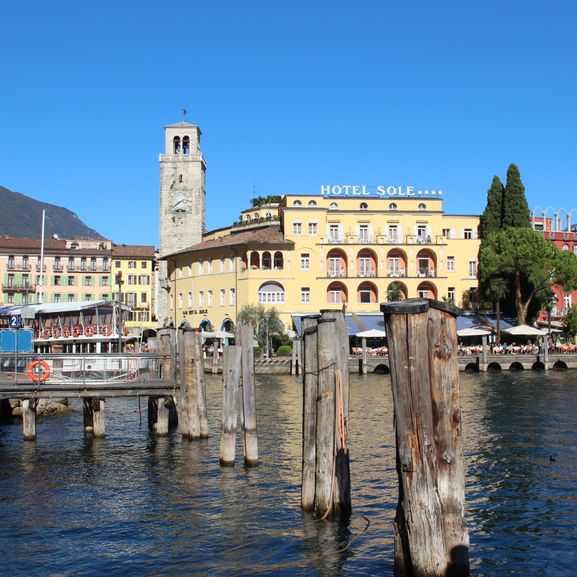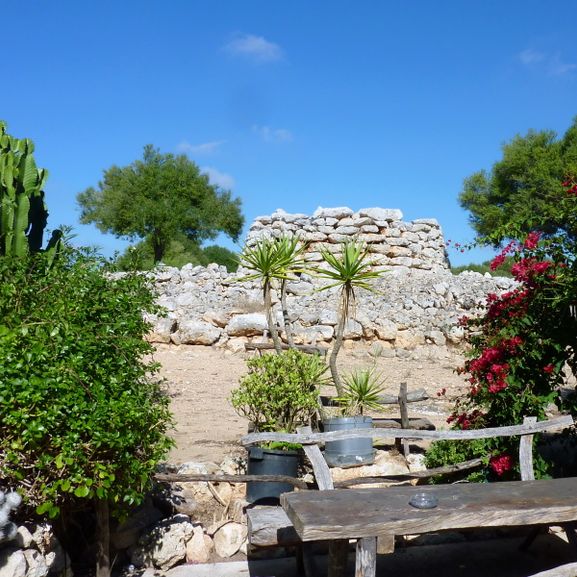Truffles, wine and sea
Cycling tours in Croatia
On our cycling holidays in Croatia, active holidaymakers, sun-seekers and nature lovers all get their money's worth. The Croatian Adriatic coast is lined with dense green pine forests against the backdrop of a charming Karst mountain landscape. Look forward to picturesque fishing villages, ancient sites and the fascinating nature of Croatia's national parks. Discover spectacular waterfalls, hidden bays and secluded beaches by the crystal-clear sea that invite you to swim. The offshore island world is made for bike & boat tours. You can travel from island to island by motor yacht and explore the country's scenic and cultural diversity by bike. Enjoy the Mediterranean flair while strolling through the enchanting historic old towns and along the chic waterfront promenades.
Our bike tours in Croatia
This is how beautiful Croatia is
Over islands or mainland
Cycle through Croatia's beautiful landscapes on purpose-built cycle paths or lightly trafficked secondary roads and sometimes, when heading into cities, on main roads with heavier traffic, or across the islands off the coast by bike & boat.
Palaces and ruins
You'll encounter grand palaces everywhere on your bike trip, such as the mixed Gothic-Renaissance Sponza Palace in Dubrovnik, the Pearl of the Adriatic, which is enclosed by a 1,940-meter-long city wall up to six meters thick. You will also discover ancient ruins such as the amphitheater of Pula, built by the Romans in 177, on the Istrian peninsula, the sixth largest in the world. In Split, the city often called the "capital of Dalmatia", you will find the Diocletian's Palace, built in 300 A.D., which served as the retirement home of the former emperor Diocletian. Influences of the Greeks, Romans, Venetians, Ottomans and the Austro-Hungarian Empire can be seen everywhere.
Croatians are a people who like to celebrate. Therefore, during the summer months, various festivals of different kinds are held all over the country. Visit Ultra Music Europe in Split, an electronic music festival, or the Sea Star Festival in the coastal town of Umag, a cross-genre music festival. Pula's ancient arena hosts an International Theater Festival, a film festival, and the Outlook Festival, a multi-day party event. Operas are performed in the arena as part of "Summer Classic".
Oriental, Mediterranean, Hearty, Slavic
Typical of Croatia are the above all the Ćevapčići, spicy meat rolls, usually served with onions and with Ajwar, a more or less spicy bell pepper paste.
Inland, Croatian cuisine tends to be meat-heavy, with lamb and pork dishes. In the coastal regions, it's all about seafood and fish, such as lignje na žaru, octopus roasted to a crisp on the grill. Fish with peppers, served with potatoes or noodles, is a traditional stew. Vegetables are also available as a stew: Đuveč is its name and is roughly comparable to ratatouille. You will enjoy the mixture of oriental influences, Mediterranean flavors and hearty Slavic ingredients. - Croatia also grows excellent wines that go perfectly with the dishes. Also well-known are the Slivovic and Rakija brandies fruit brandies made from plums and grapes, respectively.
Nature
The turquoise sea of Croatia's Adriatic coast is lined with dense, green pine forests against a backdrop of towering karst mountain scenery with lakes and waterfalls. Croatian national parks such as the one at Plitvice Lakes have spectacular, gigantic waterfalls to offer such as the country's largest, Veliki slap. Small bays and beaches on the warm Mediterranean invite you to swim and sunbathe.
Croatia is a paradise for bird watchers: here you can find the now rare griffon vultures, golden eagles and short-toed eagles. The entire Croatian marine area has been designated as an ecological reserve since 2004, so you can find a variety of flora and fauna: sponges and corals, breams and gorgons, monk fish and groupers, sea cucumbers and sea urchins, Mediterranean monk seals and sea turtles. Snorkel from the offshore islands and explore the nature underwater. Caves and grottos have eaten into the limestone over thousands of years, providing habitats for species that have become rare.



